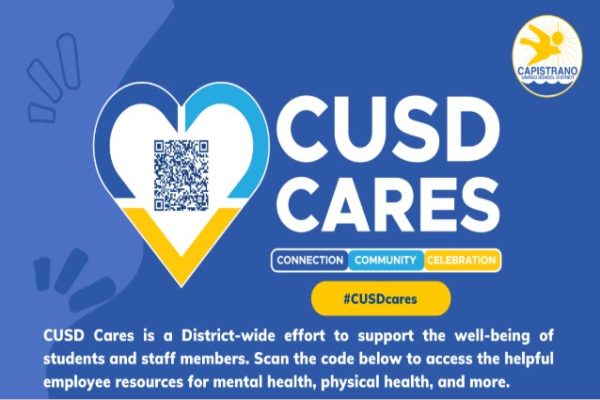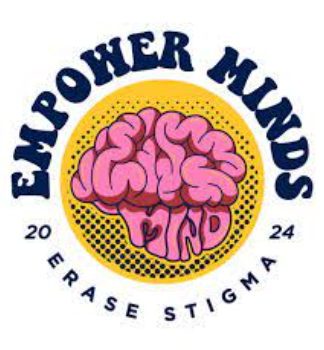New E-Cigarette Study Published
UP IN SMOKE: The photo above represents the rising popularity of e-cigarette (e-cig) users. New studies and surveys done by the Center for Disease Control explain the contents of the e-cigarette which contain compounds found in antifreeze and brake fluid. Along with the dramatically increasing number of users, specifically youth, the Food and Drug Association has not regulated many companies that produce e-cigs. Photo by Jon Williams.
In February of 2014, there were 215 phone calls per month to the Poison Control Center regarding emergencies caused by electronic cigarettes (e-cigs).
This shows a significant increase in the amount of e-cigs users since September of 2010, when there was only one phone call per month to the Poison Control Center pertaining to electronic cigarettes.
Electronic cigarettes are battery powered devices that distribute nicotine, flavorings, and other chemicals, through a vapor solution that contains propylene glycol and ethylene glycol.
Propylene glycol is a synthetic liquid used by chemical, pharmaceutical, and food industries as an antifreeze. It is considered by the Food and Drug Administration (FDA) “generally safe”, to add to food.
Ethylene Glycol is an industrial compound found in automotive antifreeze, brake fluid, some ink pads, ballpoint pens, some cosmetics, plastics, and films. When ingested it affects the central nervous system, then the heart, and the kidneys. It can be fatal if a sufficient amount is ingested.
Tondra Cicali worked at SJHHS for three years as the tobacco prevention program leader from 2011 to 2014. The company she works for, National Council on Alcoholism and Drug Dependence-Orange County (NCADD-OC), was given a grant from the County of Orange to facilitate the program.
NCADD had limited flexibility to survey electronic cigarettes due to the project’s main focus on tobacco prevention.
This company followed and gave one tobacco prevention presentation per year to the class of 2015, the current seniors, from ninth to eleventh grade.
Because e-cigs are not usually regulated by the FDA, the amount of nicotine liquid found in them is often inconsistent and does not match the amount printed on the label.
According to a report by the Center for Disease Control and Prevention (CDC), 9,839 of the calls made to the Poison Control Center about exposure to the nicotine liquid resulted in nausea, vomiting, and eye irritation. One suicide from an intravenous injections of nicotine liquid has been reported.
Most states do not have laws that regulate the sale of e-cigs to minors.
The number of youths who never smoked conventional cigarettes, but who had smoked an e-cig, more than tripled. 79,000 in 2011 to 263,000 in 2013, as reported from a survey held by the CDC.
What could lead to this rise of youths smoking e-cigarettes and conventional cigarettes?
From the 2011-2013 survey, 90% of non smokers reported that they had a certain level of exposure on the internet (26.3 %), in magazines and newspapers (25.4%), in retail environments (23.3%), and on television or movies (23.3%).
These new studies reveal not only the dramatic increase of youth e-cig users, but also how the FDA has not done anything to contain it.
Your donation will support the student journalists of San Juan Hills High School. Your contribution will allow us to cover our annual website hosting costs.

Kaela Lawson is not a very interesting person. As the senior news editor, and a senior in highschool, she is supposed to be responsible and wise and...






